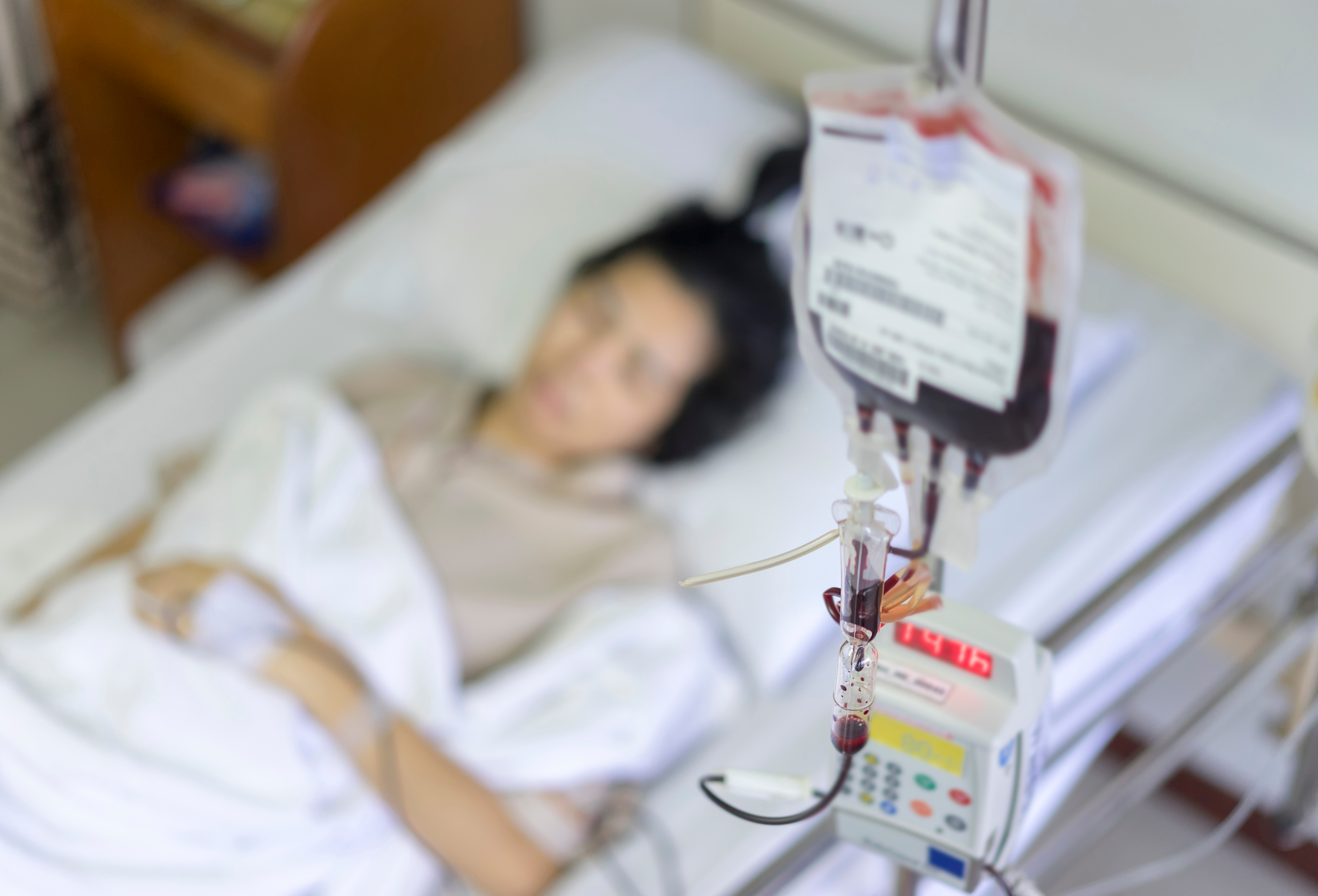Contents:
- Medical Video: Blood Transfusion: The Gift of Life
- The need for blood transfusion depends on the condition and components of blood needed
- 1. Whole blood (whole blood)
- 2. Red blood cells (Packed Red Cells / PRC)
- 3. Platelet concentrate (Platelet Concentrate /PC)
- 4. FFP (Fresh Frozen Plasma)
- 5. Cryo-AHF (Cryoprecipitated Anti Haemolytic Factor)
- Safe transfusion steps
Medical Video: Blood Transfusion: The Gift of Life
One donated bag of blood can save three lives in need. However, before that there are many things that must be considered before conducting a blood transfusion. Each condition that needs to get a blood donor may require different types of blood components. Some need whole blood, some need only red blood cells, only need platelets, or just a portion of their blood plasma. The following is a more complete explanation.
The need for blood transfusion depends on the condition and components of blood needed
When viewed with the naked eye alone, blood is a dark red liquid. But in fact when examined under a microscope, blood consists of many different components, namely red blood cells (erythrocytes), white blood cells (leukocytes), platelets/platelets, and blood plasma.
Generally there are five types of blood components that can be distributed through blood transfusions. Before that, the collected blood donors will be sent first to the laboratory to be processed and divided as needed, for example red cell, plasma, blood platelet and / or cryoprecipitate bags.
The type of blood component given in the transfusion process will depend on the needs and functions.
1. Whole blood (whole blood)
As the name implies, complete blood contains all the components of blood, namely red blood cells, white blood cells and platelets (~ 45% of the volume of whole blood) and blood plasma (~ 55% of the volume of whole blood).
Whole blood transfusion is needed for the replacement of red blood cells as soon as possible, for example in cases of traffic accidents that cause serious injury so that blood loss is very large (more than 30% of body fluid volume).
Whole blood transfusions can also be done to replace large volumes of blood lost during surgery.
2. Red blood cells (Packed Red Cells / PRC)
One bag of PRC consists of 150-220 mL of red blood cells without any blood plasma at all. PRC transfusion is especially needed for anemia patients, including anemia caused by pregnancy and childbirth.
People who have just recovered from certain operations, victims of accidents, and who have blood disorders such as thalassemia and leukemia also need donations of red blood cells from donors.
The latest guidelines published by AABB (American Association of Blood Banks) recommend transfusion of PRC in hospitalized patients whose condition is stable but with blood hemoglobin levels (Hb) <7 g / dL, including ICU patients.
As for patients who have just undergone surgery and have a history of heart disease it is recommended to get a blood transfusion if the Hb level is less than 8 g / dL.
3. Platelet concentrate (Platelet Concentrate /PC)
Platelets or platelets are a component of colorless blood. Its main function is to help the blood clotting process by attaching to the walls of damaged blood vessels.
It took several donors at once to get a bag of platelets. The donor platelet shelf life is also short.
Ordinary platelet transfusion is intended for people who experience impaired platelet formation by the spinal cord as well as impaired function and the number of other platelets.
4. FFP (Fresh Frozen Plasma)
FFP is a component of yellowish blood. FFP is a blood product that is processed from whole blood. FFP contains a component of blood plasma that is dense of blood clotting factors, albumin, immunoglobulins, and factor VIII (one of the blood clotting factors found in plasma).
FFP can be beneficial for people who experience blood clotting disorders and to prevent excessive bleeding in users of blood thinning drugs (anticoagulants) who will undergo surgery.
5. Cryo-AHF (Cryoprecipitated Anti Haemolytic Factor)
Cryo-AHF aka cryoprecipitaten is a part of blood plasma that is very rich in clotting factors such as fibrinogen and factor VIII.
This blood component is used selectively for people with blood clotting factor abnormalities, such as hemophilia type A (factor VIII deficiency) or Von Willdebrand disease (a type of hereditary blood disorder).
Safe transfusion steps
Blood transfusion is one medical procedure that has many risks. So, the gift must be directly under the supervision of a medical officer. The volume of blood distributed can not be arbitrary, because it must be adjusted to the needsand the body's ability to accept the blood component.
To ensure transfusion runs safely, usually medical staff will check the label printed on the blood component and monitor the patient's vital signs more intensively.
Each component of a blood cell has a different time span before the component is damaged. This affects the speed of the components of blood transfused into your body. Red blood cells (PRC) for example, must be exhausted within 4 hours after being removed from the blood storage, while FFP and platelets must be exhausted in approximately 30 minutes.
During a blood transfusion, pay attention to whether allergic reactions such as shivering, redness, itching, tightness or anxiety appear. Most of these symptoms will appear in the first 15 minutes of administration of blood transfusions. If it appears, immediately report it to the doctor to get the right treatment.












